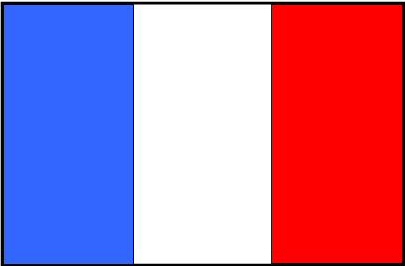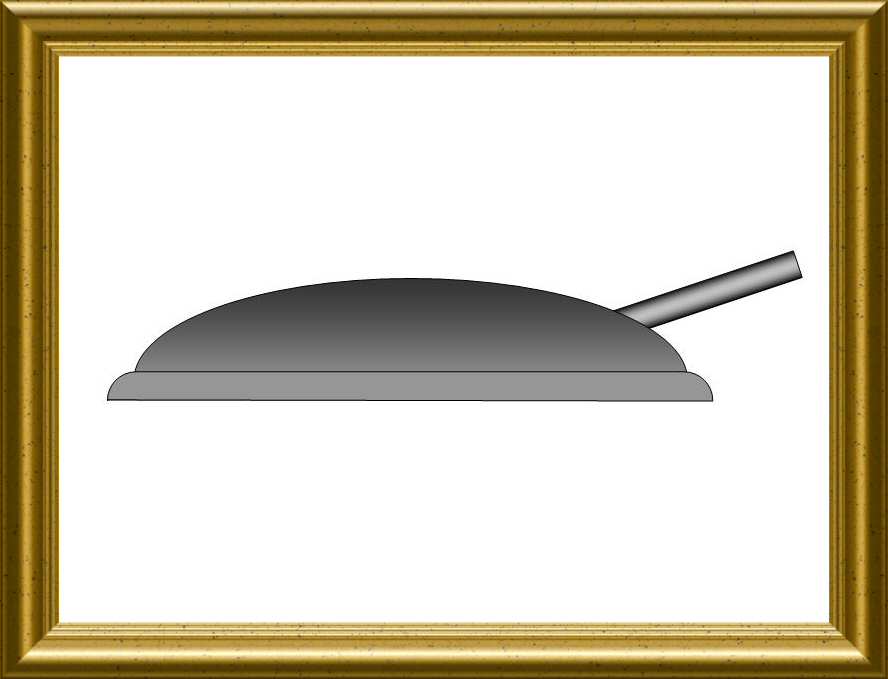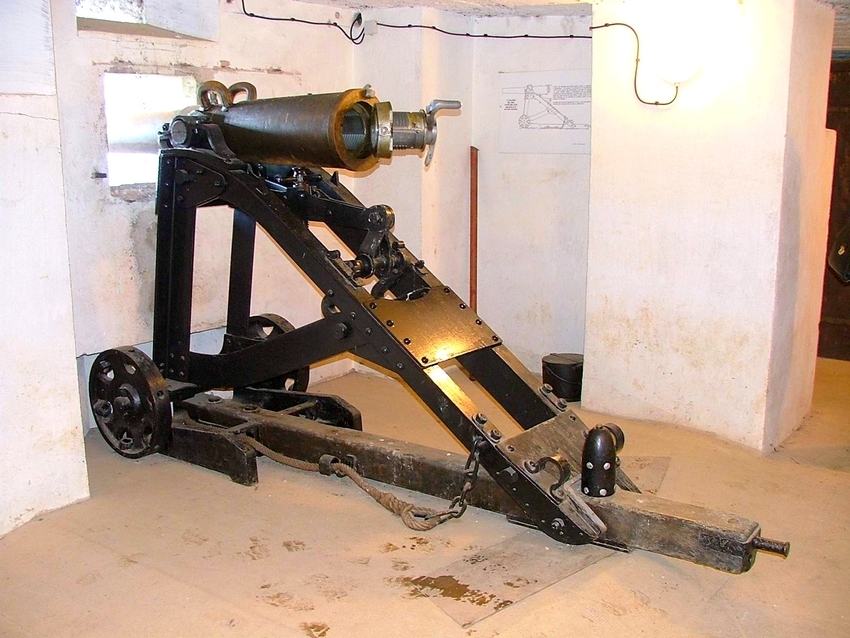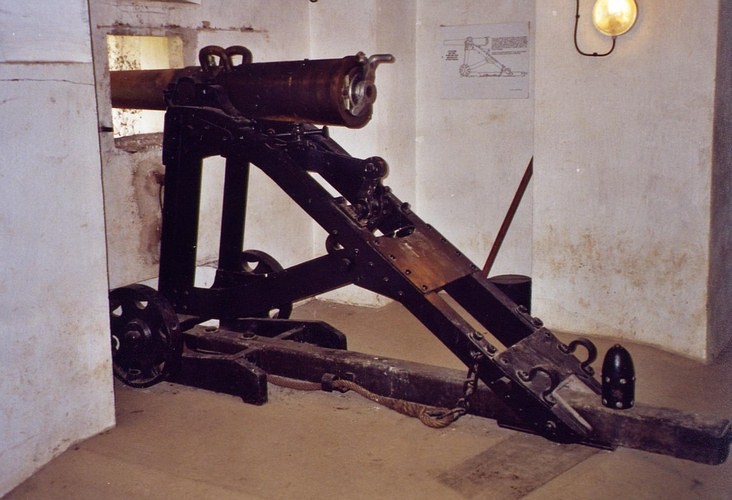|
Historic context :
In the middle of the 19th century, Treuille de Beaulieu invented the first French rifled guns, in bronze and loaded by the muzzle. This technique significantly increased the range of the weapons, and even more their firing power since it allowed to replace the usual spherical bombs by cylindrical shells with ogival head, of much bigger weight for the same caliber. The projectiles had copper studs around their cylindrical section in order to guide them in the barrel grooves both during the loading and the firing processes.
Together with the general Ducos de La Hitte, he introduced a new artillery system that was adopted by the French Army in 1858. With its 121 mm caliber, the 'canon de 12 rayé' ('rifled gun of 12') was the more powerful of the 2 Lahitte system field artillery guns. Its name meant that it could fire 12.4 kg projectiles. The other fieldgun was firing 4.6 kg shells with a 84 mm caliber.
From 1870, France decided to replace the weapons of that system that had become obsolete, particularly because of their too small range, by the ones of the 'de Reffye' and 'Lahitolle' systems, then later by the 'de Bange' one, all of them integrating a breech alloxing the loading of the shell by the rear of the barrel.
But in 1884 numerous (more than 700) obsolete type 12 fieldguns were modified into ditches bunker weapons, for the defense of the fortresses. By sawing out the bottom of the old bronze barrels, it was possible to equip them with a screw breech system similar to the one of the 95mm Lahitolle guns. This characteristic gave the new weapon its name 'Canon de 12 Culasse' ('gun of 12 with breech'). The relatively modest power of these guns mounted on rudimentary carriages ('affût de 4', 'affût de 5' or 'affût de 7'), was preventing them to make too important damages to the masonry walls of the ditches they were defending. In the caponnieres (ditch side bunker) and the 'coffres de contre-escarpe' of the French Seré de Rivière forts, they were often associated with 40 mm revolver guns with a smaller power but a much higher fire rate.
.
|
Technical data :
- Complete description : 12 culasse (breech) gun
- Design year : 1858 / 1884
- Calibre : 121.00 mm
- Weight in firing position : 1140 kg ('affût de 4') - 1235 kg ('affût de 5 ou 7')
- Weight for transportation :
- Tube length in calibres : 15.70
- Grooves : 6
- Projectile weight : 11.5 kg (obus ordinaire), 11.78 kg (obus à balles), 12.4 kg boîte à mitraille)
- Initial speed : 237 m/s
- Fire rate :
- Range : 3600 m
- Elevation range : -10 to +14 degrees ('affût de 4') / -16 to +23 degrees ('affût de 5 ou 7')
- Direction range : none
|



